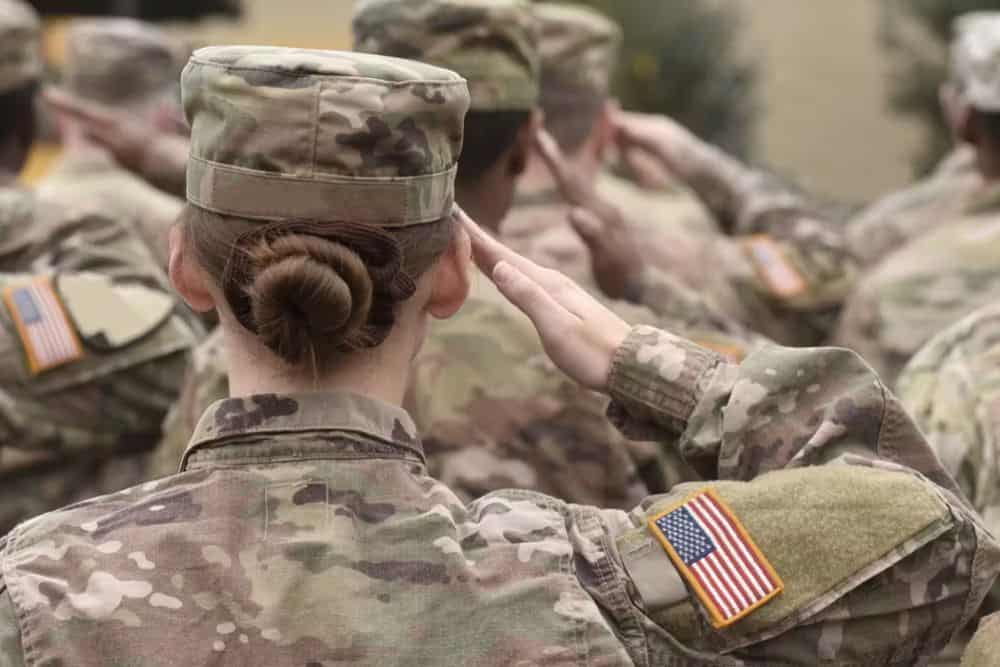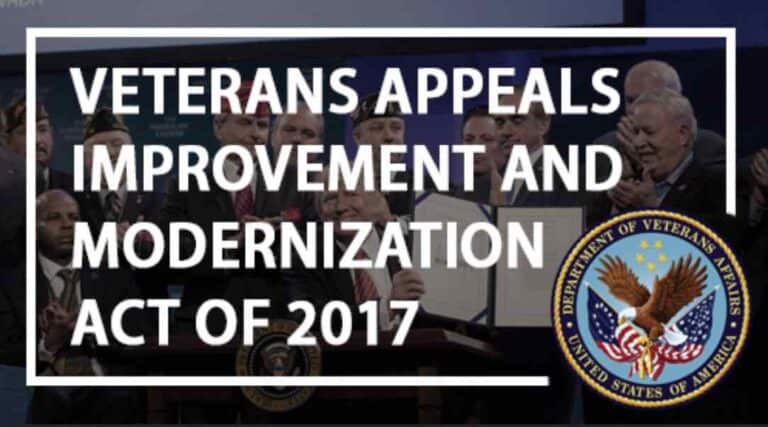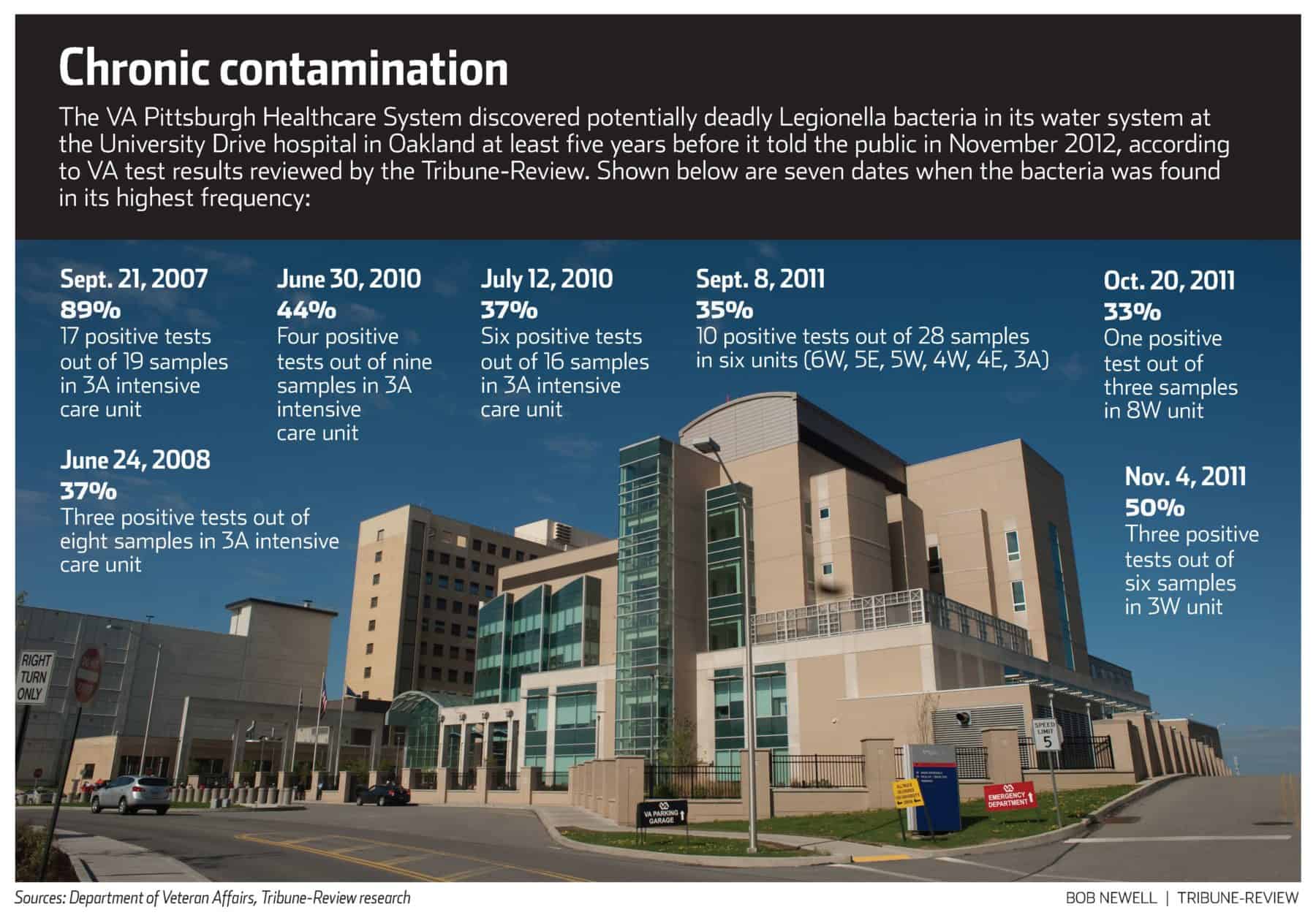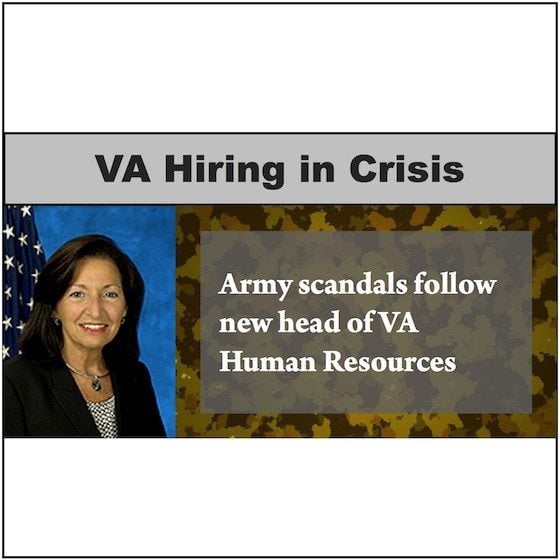Gaps in Women Veterans’ Mental Health Care: A Call for Action
Ginger MacCutcheon, a former medic in the Women’s Army Corps, set out on her military career straight from high school with aspirations that echoed the dreams of many young recruits. Leaving her home in northeast Ohio at 18, she envisioned her enlistment as the beginning of a distinguished military journey. “I went off to boot camp dressed in a suit with matching luggage and shoes, just like Private Benjamin would go,” MacCutcheon shared, recalling her initial excitement about the adventure ahead.
A Dream Derailed
However, the reality of her service diverged drastically from her dreams. MacCutcheon’s career in the military was marred by a series of sexual assaults by commanding officers, a disturbing pattern that haunted her at multiple bases. It took years for her to find the courage to confide in a colleague, which ultimately led to her receiving an honorable discharge. Her battle did not end with her service; the transition to civilian life brought its own set of challenges, including two suicide attempts as she struggled to cope with her experiences.
Systemic Oversights
MacCutcheon’s story highlights a significant gap in the support system for veterans transitioning out of military service. “They discharge you and let you go with no idea of how you’re going to help yourself or get help. Nobody says anything,” MacCutcheon stated, pointing to a lack of adequate resources and guidance for veterans facing mental health challenges post-service.
Rising Suicide Rates Among Women Veterans
Veterans, in general, face a higher risk of suicide than civilians, and this risk has surged more sharply among women veterans. Between 2020 and 2021, the suicide rate for women veterans increased by over 20%.
The Disabled American Veterans (DAV) organization has raised alarms about the unique mental health needs of women veterans. A third of these women experience military sexual trauma (MST), and they are more likely to face intimate partner violence and eating disorders, all of which heighten their suicide risk.
Naomi Mathis, a policy advocate with DAV, criticizes the Department of Veterans Affairs (VA) for not adequately addressing these risks in their mental health outreach and interventions.
“The VA was not created with women in mind,” Mathis stated bluntly.
Flawed Risk Assessment Models
Mathis points out that the VA’s model for assessing suicide risk is based on men and does not account for MST, which disproportionately affects women. This oversight makes it more likely for the over 60,000 female veterans in Ohio to fall through the cracks, especially since many do not see themselves as eligible for VA care.
“That’s common, very common among our women veterans, particularly those who served during an era when they were getting kicked out just for being pregnant,” Mathis explained.
Recommendations for Improvement
To address these gaps, Mathis collaborated with veterans like MacCutcheon to produce a report containing over 50 recommendations for the VA. Key suggestions include increasing screenings for MST and investing in research on how menopause affects PTSD.
“We believe MST screenings should be the central pillar of suicide prevention efforts within the VA,” Mathis asserted.
VA’s Response and Current Initiatives
While acknowledging the strides made in women-centered mental health programming, the DAV report emphasizes the need for more. VA Press Secretary Terrence Hayes stated that the administration is committed to serving women veterans, the fastest-growing group at the VA.
“Women veterans experience unique challenges related to their military service, including readjustment challenges, PTSD, MST, trouble sleeping, and even physical injury. While these unique experiences increase the risk of suicide and require targeted solutions, suicide remains a complex issue with many causes. We continue to explore all aspects to work towards our goal of ending suicide in the veteran community,” Hayes said.
The Need for Gender-Exclusive Care
Mathis argues that the VA must expand its offerings to meet the growing number of women seeking help. She advocates for more gender-exclusive PTSD care options. Currently, there are only 13 VA gender-exclusive residential rehabilitation facilities nationwide, as noted in the DAV report.
The Cincinnati VA, which includes one of these facilities, has seen an increase in women seeking residential care. Kate Chard, director of the PTSD programs at the Cincinnati VA Medical Center, emphasized the importance of addressing reproductive health in PTSD treatment.
“We know that PTSD is linked to where you are in your menstrual cycle and that you may have more symptoms,” Chard noted. “These are important discussions to help women understand their bodies and their biology, which differ from men.”
Stories of Recovery and Hope
The VA has succeeded in helping veterans like MacCutcheon. The Cleveland VA connected her to counseling and a women’s support group, which she credited with giving her hope for the first time since her teenage years.
“That was how my recovery started,” MacCutcheon said. “It took years to realize that it wasn’t my fault. Because I still carried that with me.”
She went on to become a nurse, a commissioner for the Summit County Veterans Service, and the commander of the DAV Chapter 116 in Parma. Her dedication extended to organizing veteran appreciation days, training service dogs, and always being available for a peer in need. She passed away recently from unrelated health issues at the age of 65, having devoted her life to helping others find treatment.
“We have to do better,” MacCutcheon urged. “We can’t stop striving to get people the help they need or make it available.”
FAQs
Why are women veterans at a higher risk for suicide?
Women veterans face unique challenges such as military sexual trauma, intimate partner violence, and eating disorders, which increase their suicide risk.
What is military sexual trauma (MST)?
MST refers to experiences of sexual assault or repeated threatening sexual harassment that veterans may face during their military service.
How does the VA currently address women veterans’ mental health needs?
The VA has implemented women-centered mental health programs and established Women’s Mental Health Champions at every VA facility, but gaps remain in addressing specific risks faced by women veterans.
What recommendations has the DAV made to improve VA services for women veterans?
The DAV recommends increasing MST screenings, expanding gender-exclusive care options, and researching the effects of menopause on PTSD, among other measures.
How can women veterans seek help through the VA?
Women veterans can contact their local VA facility to access mental health services, including counseling and support groups tailored to their needs.





